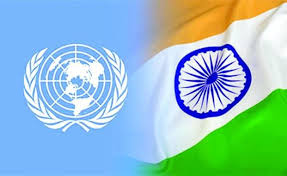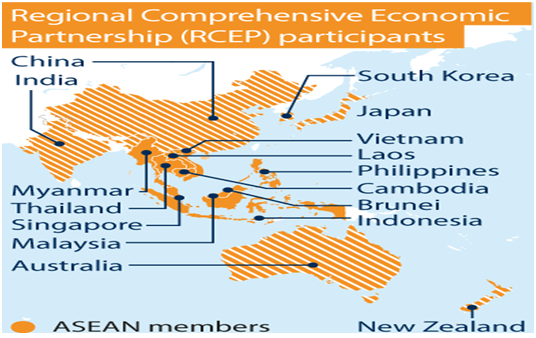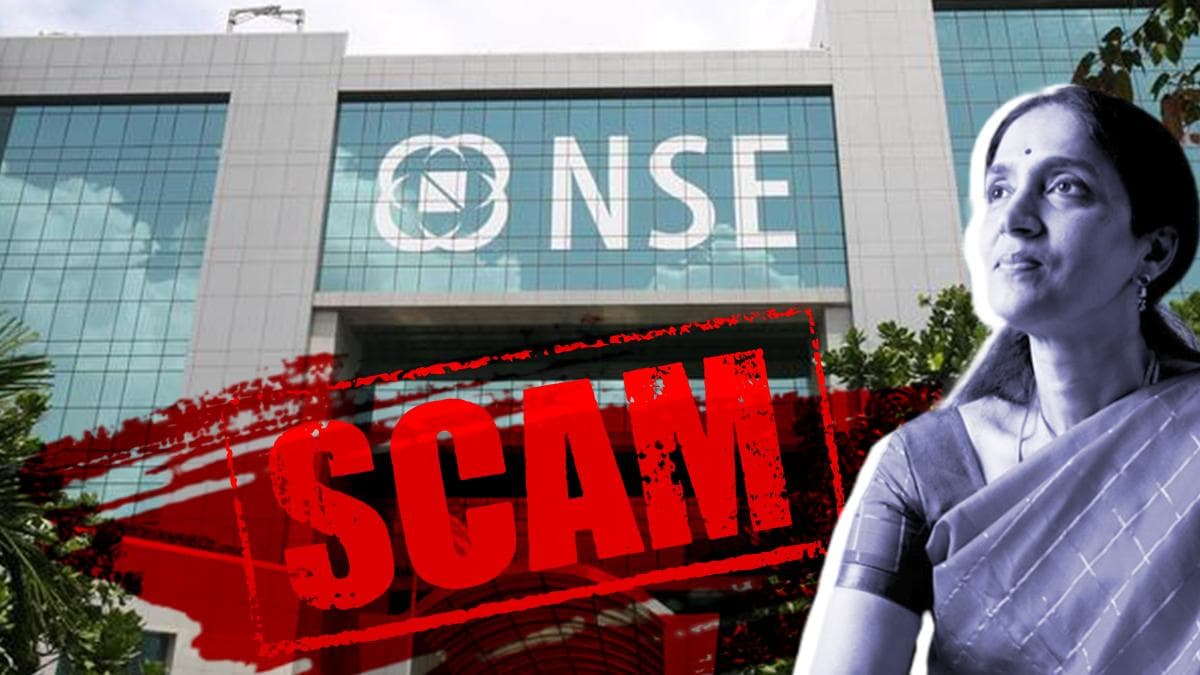India – Pak Relationship
There are the following pillars that define the INDO-PAK relationship.
Kashmir Issue-
1st India-Pak war-
At the time of Partition Pakistan demanded Kashmir but Ruler of Kashmir Hari singh decided to Join union of India on …..26th oct 1947 Pakistan had already attacked on Kashmir under banner of Azad Kashmir force & acquired 80,000 sq. km. area illegally, which was later declared ….status –quo by U.N.O.
The territory of Kashmir which is acquired by Pak is known as POK. Pak. is spreading terrorism not only in Kashmir but also in other parts India. Pakistan argues that India occupied Kashmir (IOK) is controversial & debatable, not POK. while Indian Govt argues that J.K is not debatable ,the debatable issue is POK.
2nd Indo-Pakistani War 1965-
Second Kashmir War began following Pakistan's Operation Gibraltar, which was designed to infiltrate forces into Jammu and Kashmir to precipitate an insurgency against Indian rule
The ceasefire was declared through UNSC Resolution 211 following a diplomatic intervention by the Soviet Union and the United States, and the subsequent issuance of the Tashkent Declaration.
India had the upper hand over Pakistan when the ceasefire was declared.
The conflict is seen as a strategic and political defeat for Pakistan,
Tashkent Declaration (10 January 1966)
The Tashkent Declaration (Uzbek SSR, USSR)of was a peace agreement between India and Pakistan after the….. Indo-Pakistani War of 1965.
Overview
The between Indian….. Prime Minister Lal Bahadur Shastri and ….Pakistani President Muhammad Ayub Khan.
The Tashkent conference, under United Nations, American and Soviet pressure, ………compelled India to give away the conquered region inPakistan occupied national boundary of India and the ……..1949 ceasefire line in Kashmir.
This eventually led to dissatisfaction and protests against the Ayub Khan leadership.
Declaration
-Indian and Pakistani forces would ….pull back to their pre-conflict positions, pre-August lines, no later than February 25, 1966.
-The nations would….. not interfere in each other's internal affairs.
-Economic and diplomatic relations would be restored.
-Orderly ……transfer of Prisoners of War.
-The two leaders would work towards building ….good relations between the two countries.
Aftermath events
The agreement was criticized in India because it did not contain a no-war pact or any renunciation of guerrilla warfare in Kashmir.
After signing the agreement, Lal Bahadur Shastri the then Indian Prime Minister died due to heart attack at Tashkent.
3rd Indo –Palk war-
This war did not involve the issue of Kashmir, but rather precipitated by the crisis created by the political battle brewing in erstwhile East Pakistan (now Bangladesh) between Sheikh Mujibur Rahman, Leader of East Pakistan, and Yahya Khan and Zulfikar Ali Bhutto, leaders of West Pakistan.
This would culminate in the declaration of Independence of Bangladesh from the state system of Pakistan.
Within two weeks of intense fighting, Pakistani forces in East Pakistan surrendered to the joint command of Indian and Bangladeshi forces following which the People's Republic of Bangladesh was created
The war resulted in the surrender of more than 90,000 Pakistani Army troops.
In the words of one Pakistani author, "Pakistan lost half its navy, a quarter of its air force and a third of its army
Shimla Agreement– (July 2, 1972)
The treaty was signed in …Simla, India, by …..Zulfiqar Ali Bhutto, the Prime Minister of Pakistan, and Indira Gandhi, the Prime Minister of India.
-The agreement converted the …cease-fire line of December 17, 1971 into the… Line of Control (LOC) between India and Pakistan and
-It was agreed that….. "neither side shall seek to alter it unilaterally, irrespective of mutual differences and legal interpretations.
Kargil Conflict of 1999/ 4th Indo –Palk war-
The Indian Army left the high peaks vacated in the Kargil Sector of Kashmir during the winters of 1998-99, like every year. But, Pakistan Army exploited this opportunity and tried to move across the LOC and occupy the posts that were vacant.
In Feb 1999, Atal Bihari Vajpayee, the Indian Prime Minister, visited Lahore, and India-Pak signed the Lahore declaration.
Terrorism
Pakistanis secret agency …I.S.I trains & shelters the terrorist which create terrorism in India.
The ISI, has often been accused of playing a role in major terrorist attacks across India including terrorism in Kashmir, the … 2001 Indian Parliament attack,… the 2006 Varanasi bombings,.. the August 2007 Hyderabad bombings,.. and the November 2008 Mumbai attacks
Pakistan alleged India’s role on Baluchistan matter. India accepted to negotiate on Baluchistan’s issue in joint statement because India’s intensions are clear.
Pak role inMumbai attack-2008
Pak based terrorist Hafiz Saeed leader of Lashkar-e-Taiba (LeT)-is accused of masterminding a 2008 assault in Mumbai.
Saeed now heads the …Jamaat-ud-Dawa (JuD) group, widely seen as a front for LeT.
Zaki ur-Rehman Lakhvi, the leader of Lashkar-e-Taiba and allegedly the planner of 2008 Mumbai attacks was
Indian plane hijack-palk role-1999
Indian Airlines Flight IC 814 en route New Delhi from Kathmandu, was hijacked on 24 December 1999 approximately one hour after take off and was taken to Amritsar airport and then to Lahore in Pakistan.
In December 1999 Masood Azhar was freed by the Indian government in exchange for passengers on the hijacked Indian Airlines Flight 814 .
Maulana Masood is the leader of Jaish-e-Mohammed, an organisation which has carried out several terrorist acts against Indian security forces in Kashmir.
Maulana is active mainly in the Pakistani administered Azad Kashmir.
India had listed Masood Azhar as one of its most wanted terrorists due to his history of militant activities.
Jaish –e-Mohammed was responsible for terrorist attack in 2016, near the town of… Uri in the Indian state of Jammu and Kashmir, killed 18 and left more than 20 people injured.
India carried out surgical strikes-29 sep, 2016
Nearly 10 days after the ..Uri attack that claimed 18 jawans, India carried out surgical strikes in Pakistan Occupied Kashmir, inflicting heavy casualties on terrorists and 'those protecting them" and indicating a change of stand on the rules of engagement on the disputed line of control.
The commandos were airdropped at the LoC, from where they crossed over to the Pakistani side.
According to sources, Indian commandos entered three kilometres across the Line of Control to conduct the 'surgical strikes'
Siyachin Glacier
Siyachin is situated in northern Kashmir it is big mountain of snow. It is useful for both countries from strategic point of view its area is 45 sq mile. It is world’s highest war – field. According to an estimate both countries have to spend 15,00 crore per annum for defending Siyachin. India argues that by building mutual trust the area should be de-militarized, unnecessary expenditure should be reduced. Negotiation may be continued.
Tulbul Project
India is willing to construct a dam at Tulbal near… wooler lake across river..Jhelam, so that there can be water for…. irrigation & drinking.
According to Pakistan, this step of India is against India – Pak treaty on sharing of water at river Indus. Because this treaty is for free flow of Indus-water rather than for stopping it.
Bagliyar Hydro-electric Project
India is willing to construct a dam at river …Chinab at Bagliyar. According to …Pakistan this is a violation 0f Treaty on Indus (1960) between to nations. The world Bank sent an expert Raymond Latif & he gave a report in favour of construction of dam.
Sir creek dispute
Sir creek is an….estuary of area 60 sq miles, situated at …Runn of Kachch, Gujarat. This area is expected to have good resources of Petroleum.
Pakistan wants sir-creek to be a part of their country while it is in Indian occupation. India has suggested to divide the area but Pakistan is not agreed.
Trade
If 20th 21 stCentury was known for Ultra - militarization & world wars, then 21st century is for trade & power. Both Countries agreed to make joint business council.
Both agreed to start…. Khokarapara Munabao rail services.
Most-favoured-nation (MFN)
The most-favoured-nation (MFN) principle, is an equal-treatment principle, which requires a member to treat all the fellow members the same. For example, if a member lowers the tariff on a given commodity to X per cent, MFN requires the tariff of the same commodity for any other member will be lowered to the same level.
At present, only 2,000-odd items on the positive list can be traded, while trading in other products is not allowed MFN for India is expected to open doors for a host of Indian products, especially those such as… textiles, pharmaceuticals and engineering goods, to enter Pakistan through the land route. If things work out as per plan, a lot of trade that is currently taking place through third countries such as the UAE will be rerouted directly, helping Pakistani consumers access goods at a lower cost.
Officials said hosiery products and other products manufactured in Punjab would be the biggest gainers as they would not be required to first go to Mumbai before being shipped to the UAE and then enter Pakistan.
Withdraw of MFN-
India, on February 15, 2019, withdrew its Most Favoured Nation Status to Pakistan.
Nuclear risk reduction treaty –
In Feb – 07 both countries signed nuclear risk reduction treaty.
According to treaty in case of nuclear accident both countries will convey each other & hot line will be used to convey .
In 2024 There is 33rd consecutive exchange of lists between the two countries on Nuclear installations the first one having taken place on January 01, 1992.
|
Q. How many times India and Pakistan exchanged the list of their nuclear installations under an agreement that aims to prevent both sides from attacking such installations till January 2018? (MPPSC-2018) (A) 25 (B) 26 (C) 27 (D) 28 -In 2024 There is 33rd consecutive exchange of such lists between the two countries, the first one having taken place on January 01, 1992 |
Kartarpur Corridor:
Cooperation between India and Pakistan on the people-to-people level was showcased in the opening of the Kartarpur Corridor. Similarly, other religiously or culturally significant sites, such as Shakti Peeth in Pakistan-Occupied Kashmir, can help develop a better people-to-people relationship between India and Pakistan.
Scrapping of Article 370-
Article 370 of India’s Constitution, was scrapped in 2019 . It was followed by Pakistan expelling the Indian High Commissioner in Islamabad and suspension of air and land links, and trade and railway services.
Pakistan had downgraded its diplomatic relations with India.
Ceasefire agreement-
The only positive development recorded since then has been the restoration of a crucial ceasefire agreement on the highly volatile Line of Control (LoC) in February 2021, which kindled a frail feeling for more such steps in days to come. The ensuing months, however, showed that it was yet another mirage.
What are the Threats to India?
Compromised Regional Security:
The current crisis in Pakistan could lead to regional instability, as Pakistan becomes more dependent on its neighbours for support. This could lead to increased tensions between Pakistan and its neighbours, including India.
Nuclear Proliferation:
Any political or economic instability in Pakistan that weakens its control over its nuclear arsenal could potentially lead to concerns about the security and safety of those weapons. This could raise tensions and pose a threat to regional stability.
Escalation of Cross-Border Tensions:
Pakistan's political crisis may lead to a rise in cross-border tensions, particularly along the Line of Control (LoC) in Kashmir. Pakistan may resort to provoking India by supporting militant groups or violating the ceasefire agreement to divert attention from its domestic problems or to rally public support behind the government or the military.
Refugee Crisis:
The economic crisis in Pakistan could lead to a refugee crisis, with millions of Pakistanis fleeing the country. This could put a strain on India's resources and could also lead to an increase in crime and social unrest.
What are the Opportunities for India?
Regional Power Projection:
India can demonstrate its ability to maintain stability and handle regional challenges effectively, contrasting with the internal strife faced by Pakistan.
Strengthening regional alliances and partnerships, particularly with countries in South Asia and the Middle East, could enhance India's position as a responsible regional power.
Economic Cooperation with Other Countries:
India can position itself as a stable and attractive investment destination in the region.
With Pakistan facing economic challenges, India can leverage its economic growth and stability to attract foreign direct investment (FDI) and foster closer economic ties with other nations.
This can lead to increased trade partnerships and collaborations, further enhancing India's economic standing.
Counterterrorism Cooperation:
Pakistan's political and economic situation can provide an opportunity for India to engage with the international community in addressing the issue of cross-border terrorism.
By highlighting Pakistan's support for terrorism, India can strengthen its case for global cooperation in combating terrorism and isolating state-sponsored terror networks.
Strengthening Regional Connectivity:
India can capitalize on Pakistan's current challenges by promoting regional connectivity initiatives, such as the Chabahar port in Iran or the International North-South Transport Corridor (INSTC).
These projects can bolster India's access to Central Asia, Afghanistan, and beyond, enabling trade diversification and enhancing India's regional influence.
The use of Soft Powers to Generate Goodwill between India-Pak.
Sports Diplomacy:
Countries often use sporting events to boost diplomacy, advance social interaction, and gain political favor. For Example, ten thousand Pakistanis crossed over to Mohali in 1999 to watch cricket. Pakistan issued 20,000 visas to Indians for a cricket series in 2004.
People-to-People Contacts:
People-to-people contacts can streamline India-Pakistan relations by creating greater understanding and empathy between citizens of both countries.
Educational and exchange programs can facilitate such contacts and help promote a sense of common purpose and cooperation.
Aman Ki Asha initiative –
A communal harmony programme AIA was launched in 2010, aimed to promote people-to-people contacts and cultural exchanges between the two countries. The initiative included several cultural events and exchange programs, highlighting the potential of soft power in improving bilateral ties
Cultural Exchanges:
India and Pakistan share common cultural values in addition to divided families. The Indian film industry has a large following in Pakistan and Pakistani actors participate in Indian television programs. Even Pakistani television serials have a huge fan following in India.
The Coke Studio:
Music Platforms like Coke Studio also serves an important diplomatic function for India-Pakistan relations. Coke Studio has proved to have a bigger influence on mainstream music in Pakistan and North India than perhaps any other musical phenomenon in the past decade.
The Rekhta Concerts
which is the world’s largest Urdu language literary festival showcases Urdu poetry, Urdu literature, Qawwali, and Islamic calligraphy, with performances such as Ghazal, Sufi music, also representing common cultural affiliation between India and Pakistan.
The use of soft power like sports, cultural exchanges, etc. could help generate goodwill between the two countries. Soft power plays an important role in developing friendly and diplomatic relations with nations and cannot be neglected.
|
Q. Terrorist activities and mutual distrust have clouded India – Pakistan relations. To what extent the use of soft power like sports and cultural exchange could help generate goodwill between the two countries. Discuss with suitable examples IAS-2015
|



.jpg)
.jpg)
.jpg)
.jpg)
.jpg)
.jpg)


.jpg)


